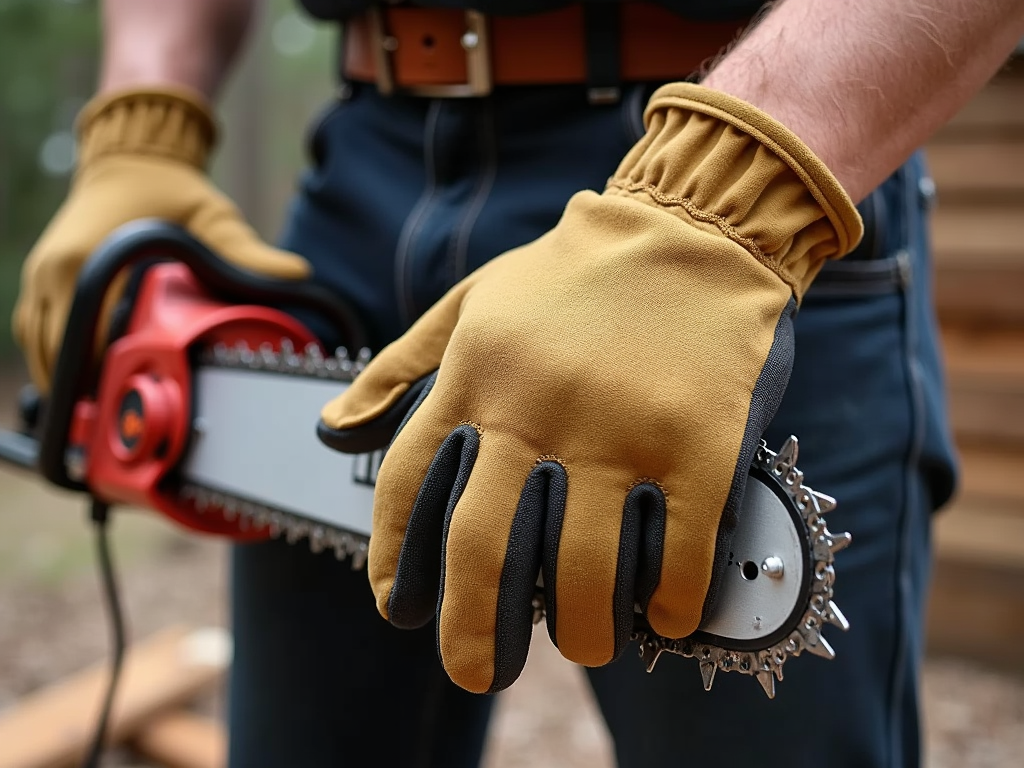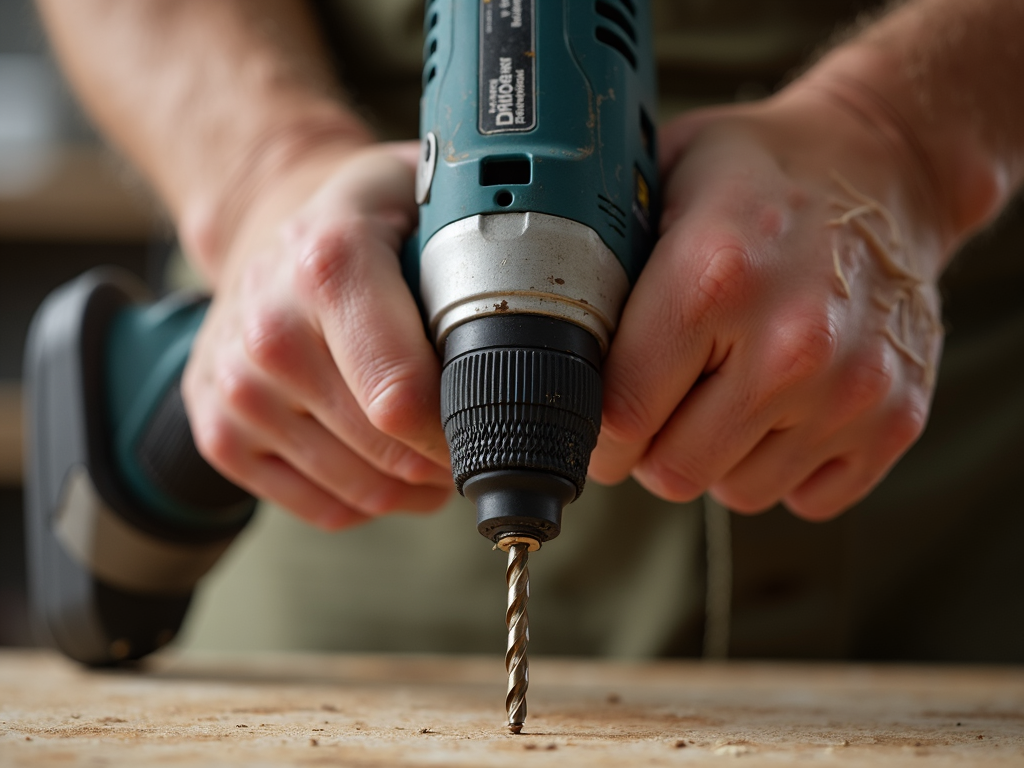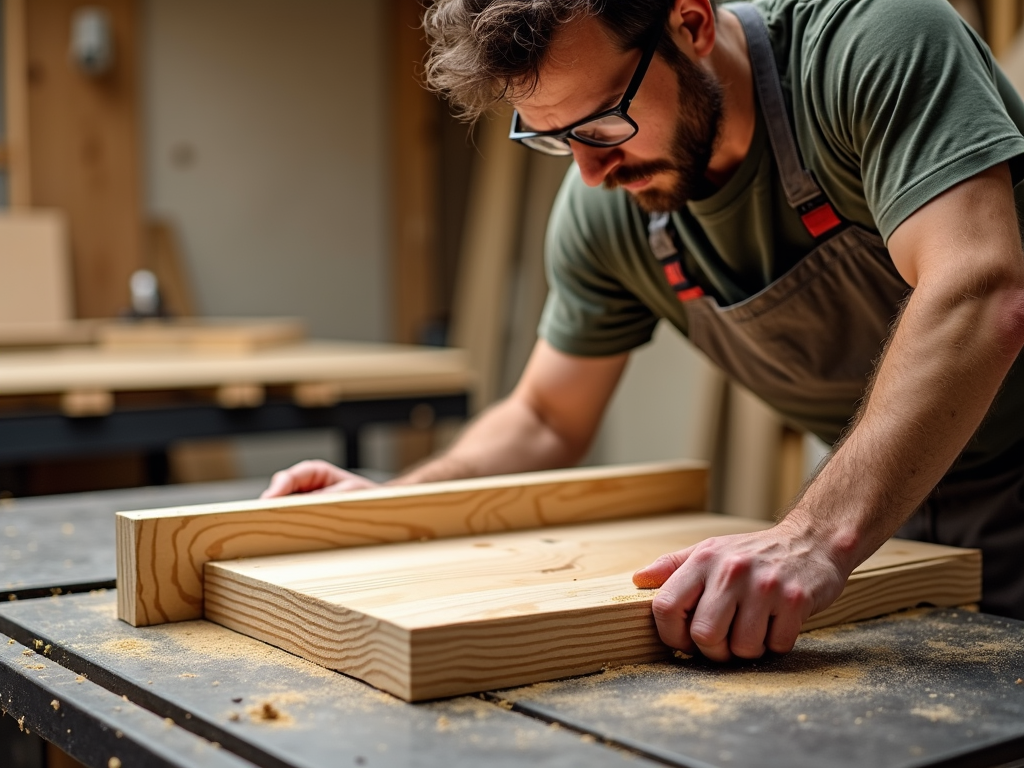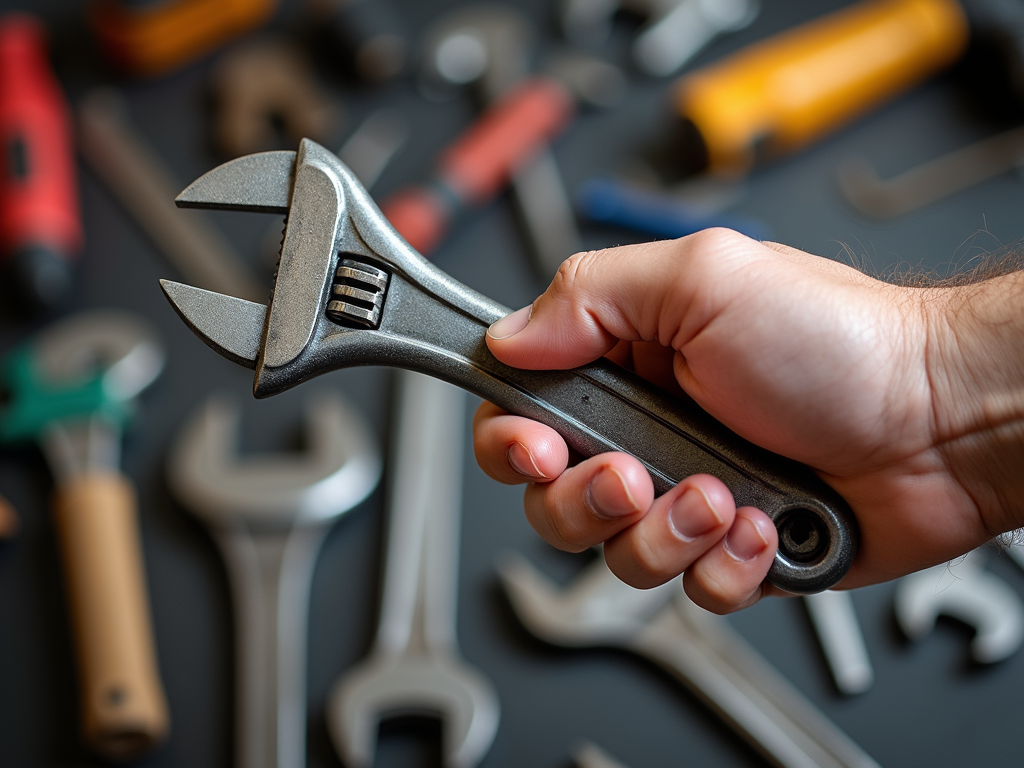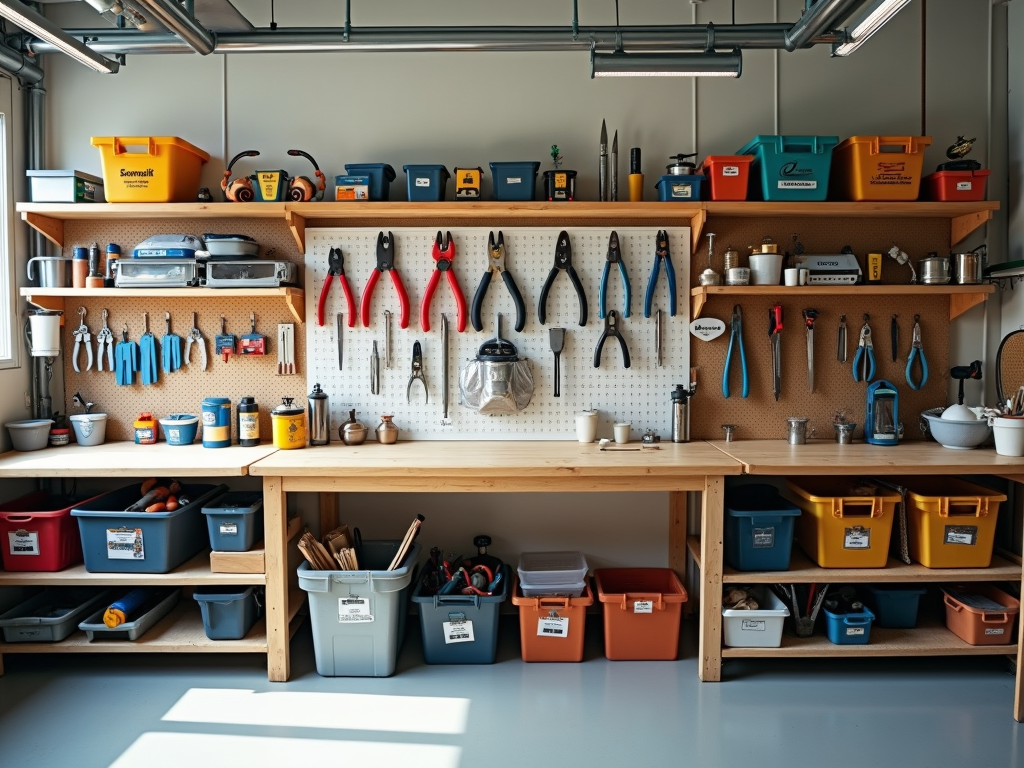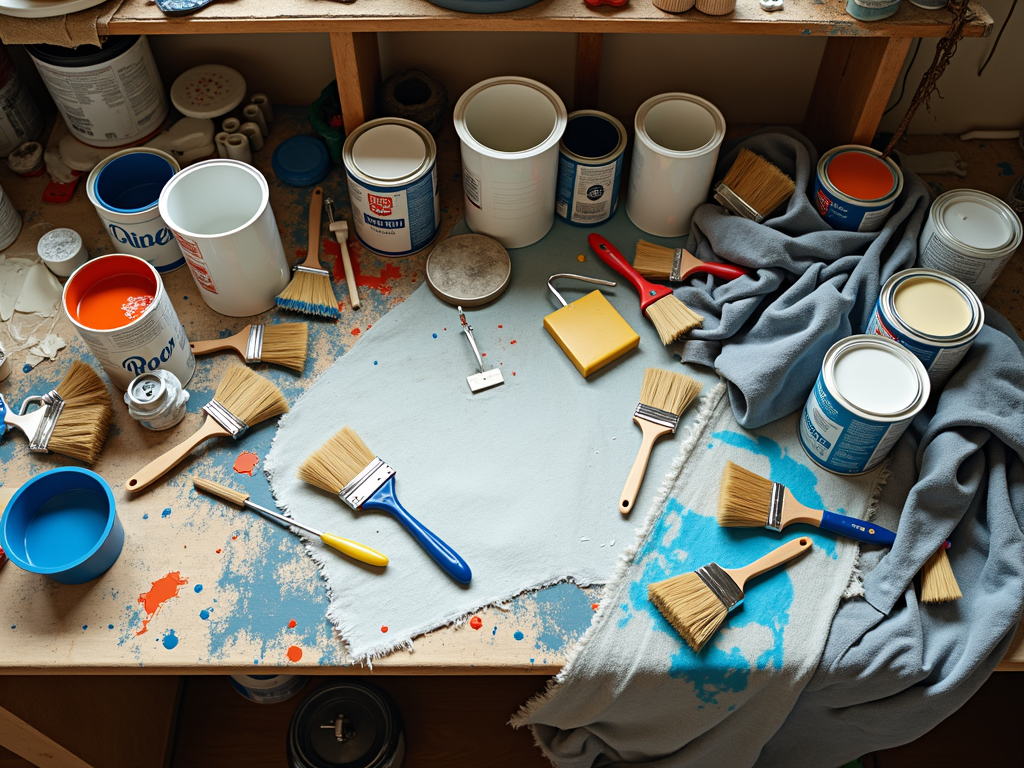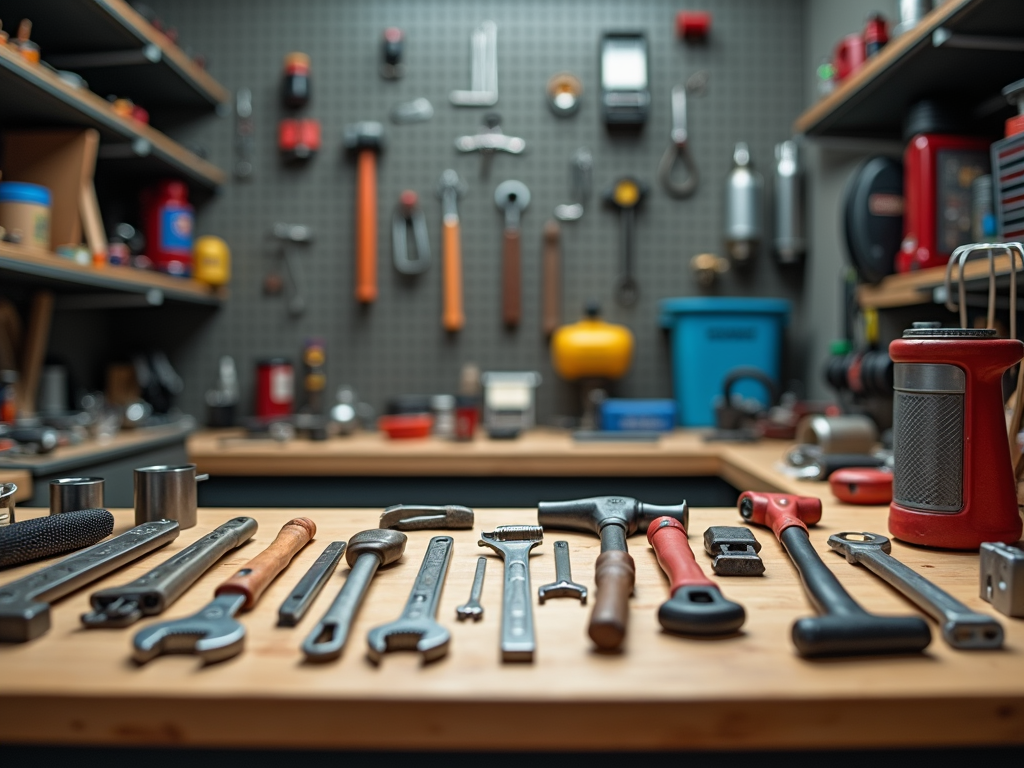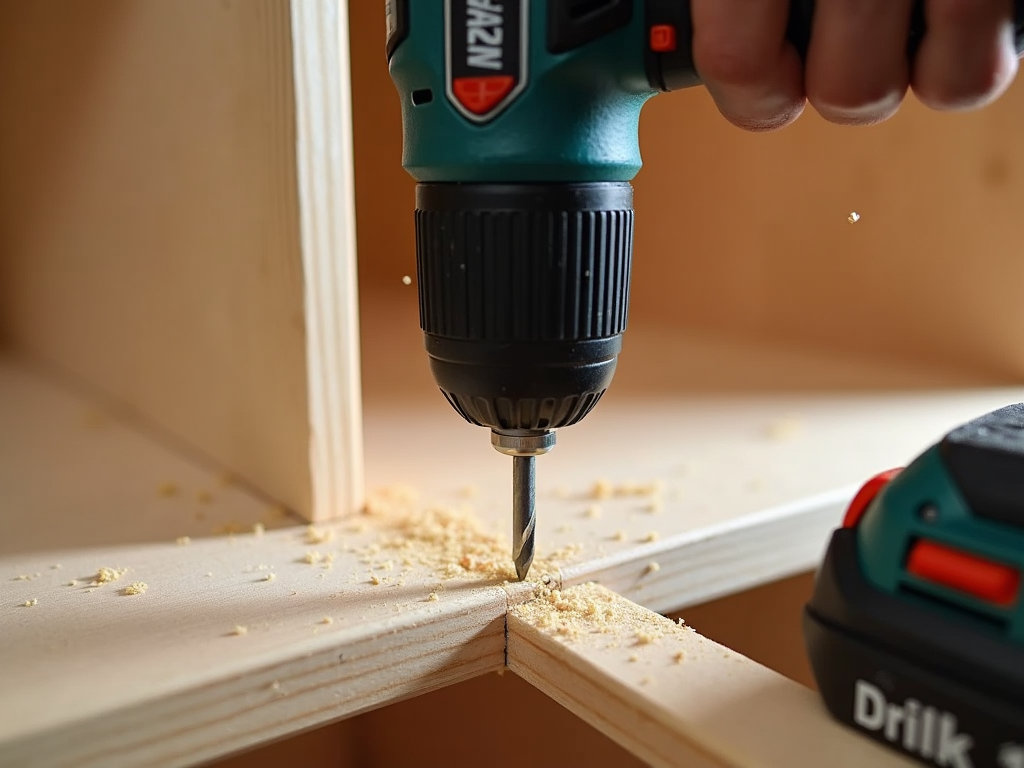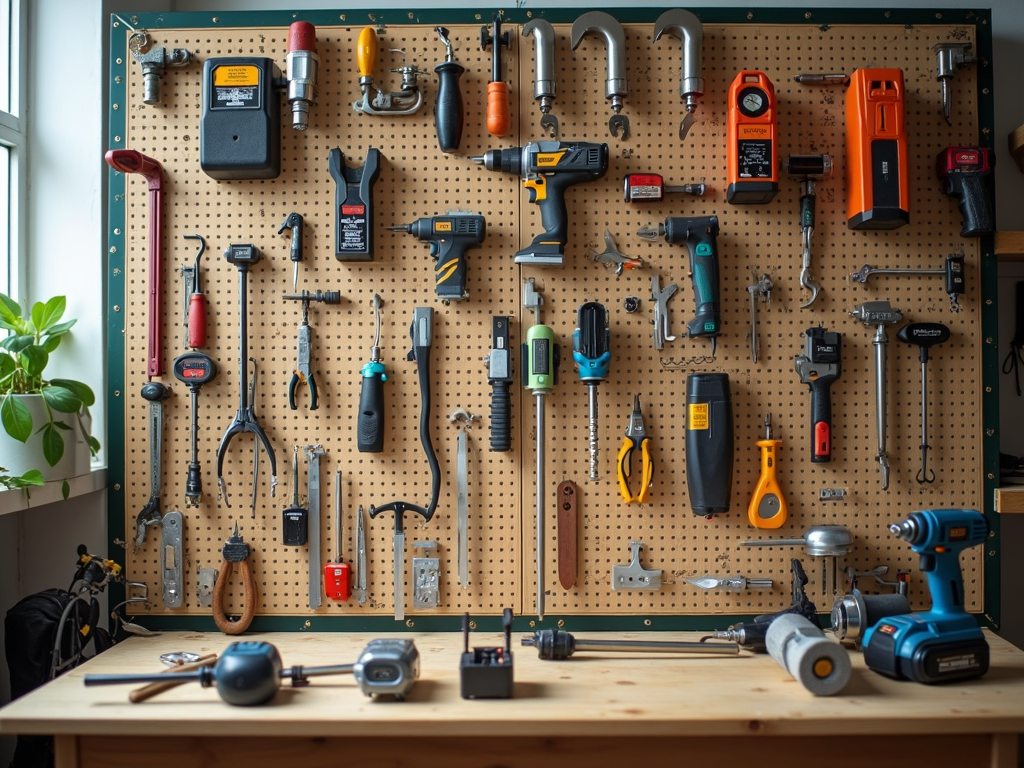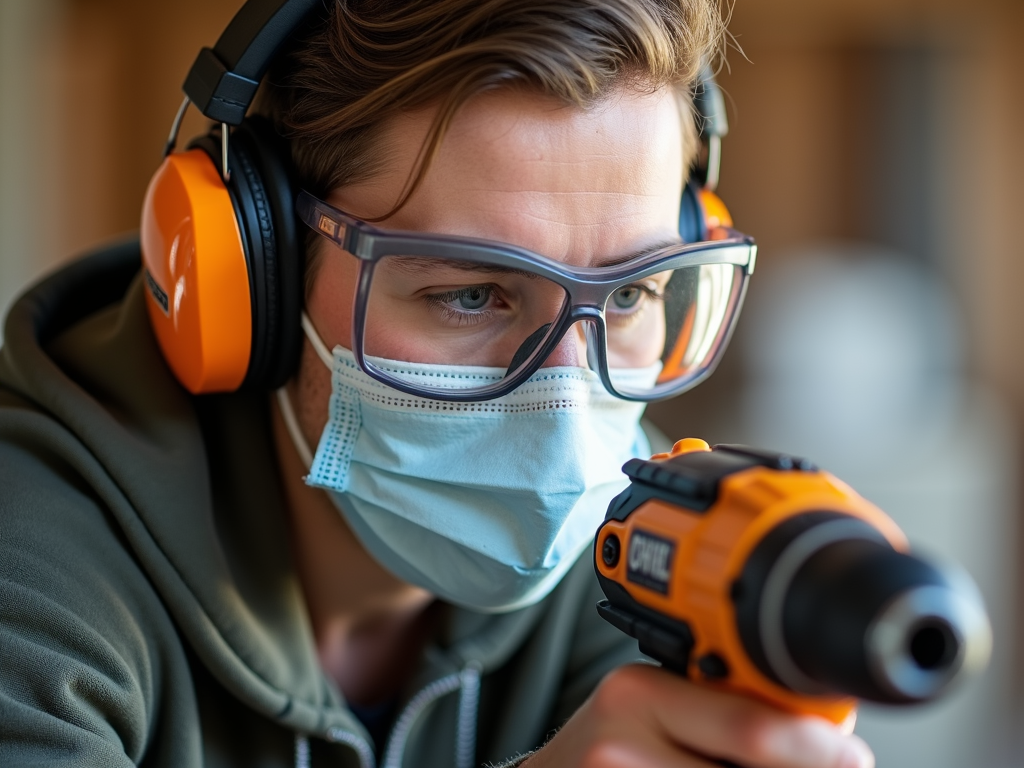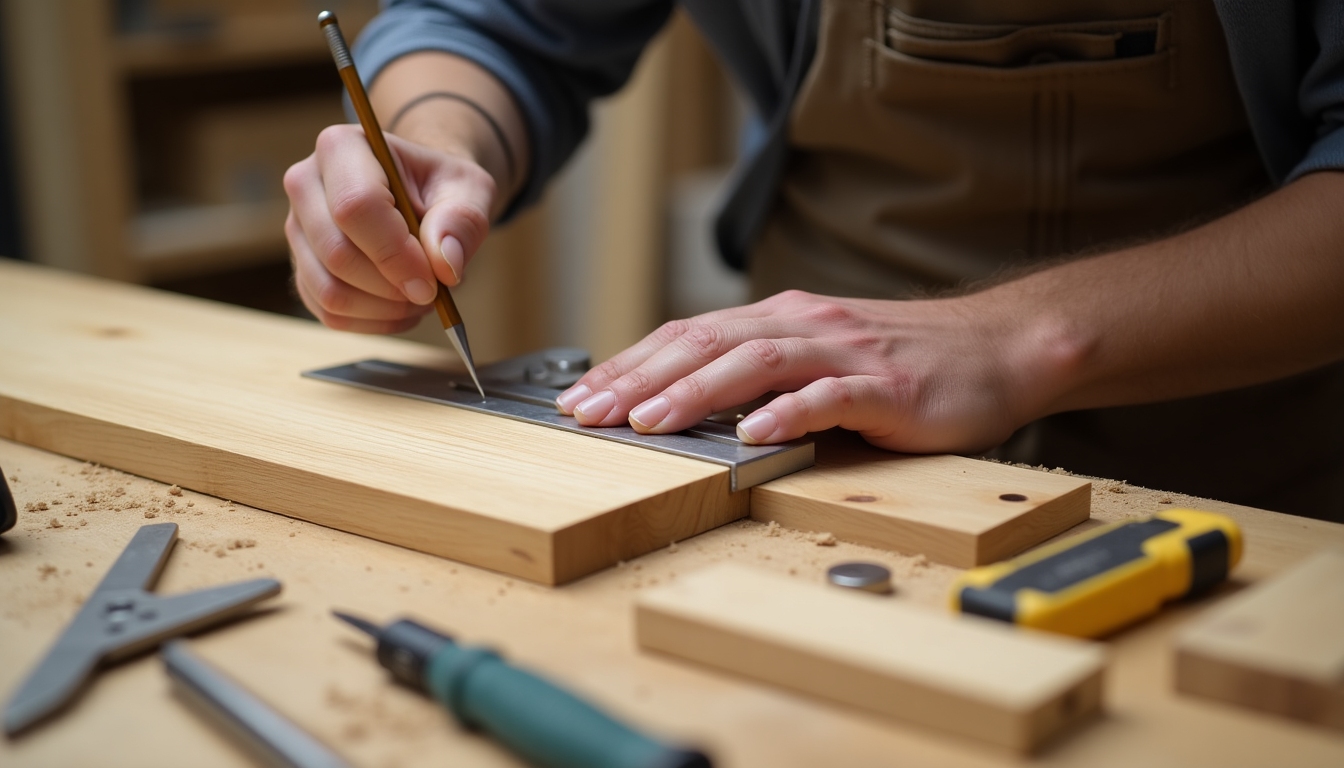Overview
Power tools make tasks faster and easier, but they come with risks. Safety Tips for Using Power Tools are key to avoiding accidents. This guide offers practical advice to use power tools safely and confidently.
Why Power Tool Safety Matters
Power tools, like power drills and saws, are game-changers for DIY projects and professional work. But without proper care, they can cause serious injuries. I’ve been using power tools for years, and I’ve learned that a little caution goes a long way. This section covers the basics to get you started.

Essential Safety Gear
Before you even plug in a power tool, gear up. Safety goggles shield your eyes from flying debris. Gloves protect your hands from cuts and vibrations. If you’re using loud tools like a circular saw, ear protection is a must. I never skip these steps—once, I saw a coworker skip goggles and end up with sawdust in his eye. It wasn’t pretty.
Also, keep your workspace clear. A cluttered bench can trip you up or knock tools around. Good lighting helps you see what you’re doing. These small habits make a big difference when handling power tools.
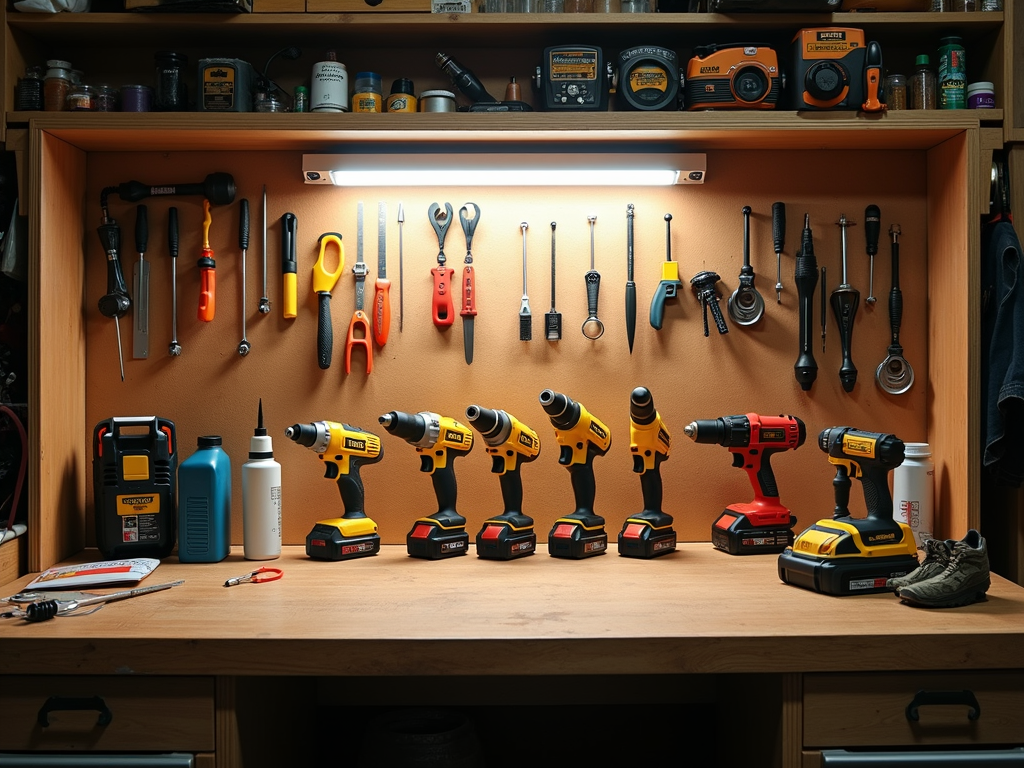
Choosing the Right Tool for the Job
Not all power tools are created equal. Power drills are perfect for drilling holes or driving screws, but they’re useless for cutting wood. Using the wrong tool forces it beyond its limits, risking damage or injury. I learned this the hard way when I tried using a drill to cut a plank—it didn’t end well.
Here’s a quick list of common power tools and their uses: - Power Drills: Drilling and screwing - Circular Saws: Cutting wood or metal - Sanders: Smoothing surfaces
Stick to the tool’s purpose, and you’ll stay safer.
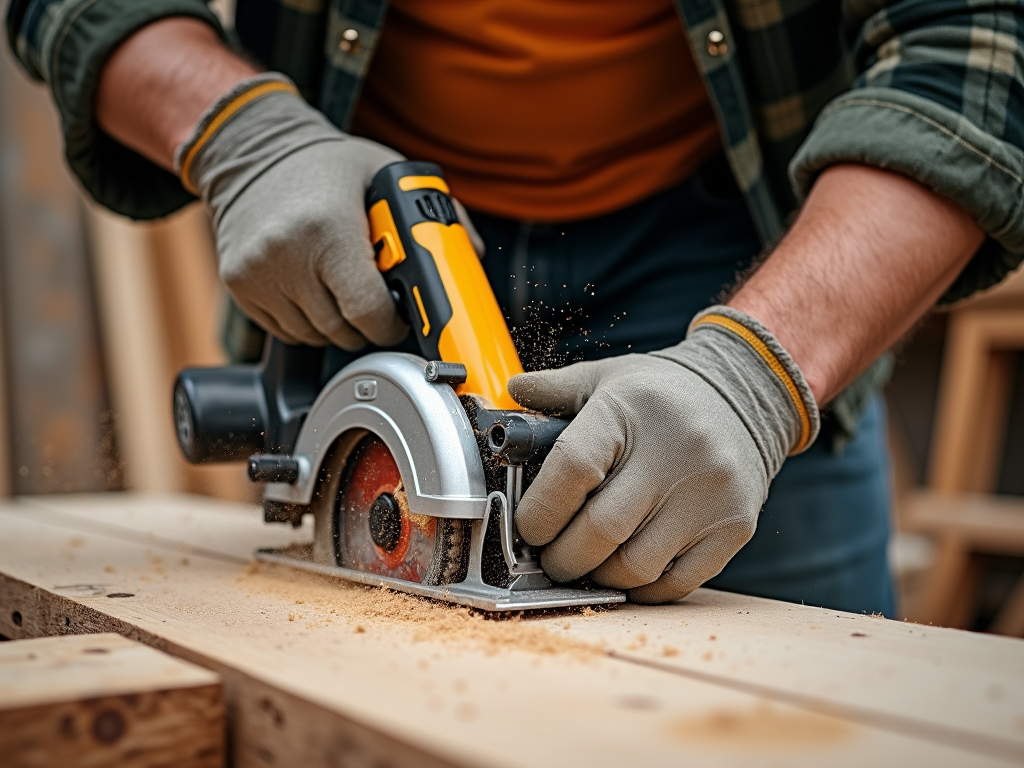
How to Use Power Tools Safely
Start by reading the manual. It sounds boring, but it’s packed with safety tips specific to your tool. Hold the tool firmly with both hands when possible. Keep your fingers away from blades and bits. And always unplug it when you’re done—I’ve accidentally bumped a plugged-in tool and nearly started it.
When I first used a power drill, I was shaky. I practiced on scrap wood, which built my confidence. Take your time to get comfortable. Rushing leads to mistakes.
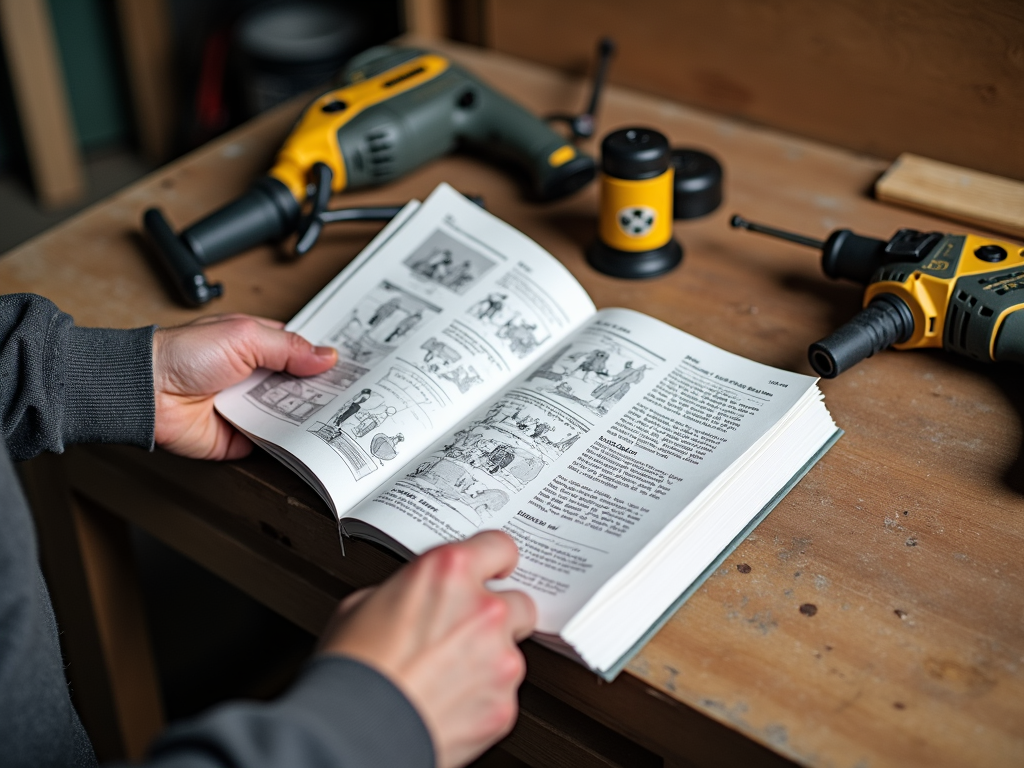
Avoiding Common Mistakes
One big mistake is ignoring the cord. Tripping over it can pull the tool off your bench—or worse, into you. Another is skipping breaks. Tired hands slip. I once worked too long and dropped a sander on my foot. It hurt, but it taught me to pace myself.
Here’s a table of mistakes to avoid: | Mistake | Why It’s Dangerous | Fix It | |---------------------|-----------------------------|--------------------------| | Loose clothing | Can catch in tools | Wear fitted clothes | | No safety gear | Risks injury to eyes, hands | Always gear up | | Forcing the tool | Can break or kick back | Use the right tool |
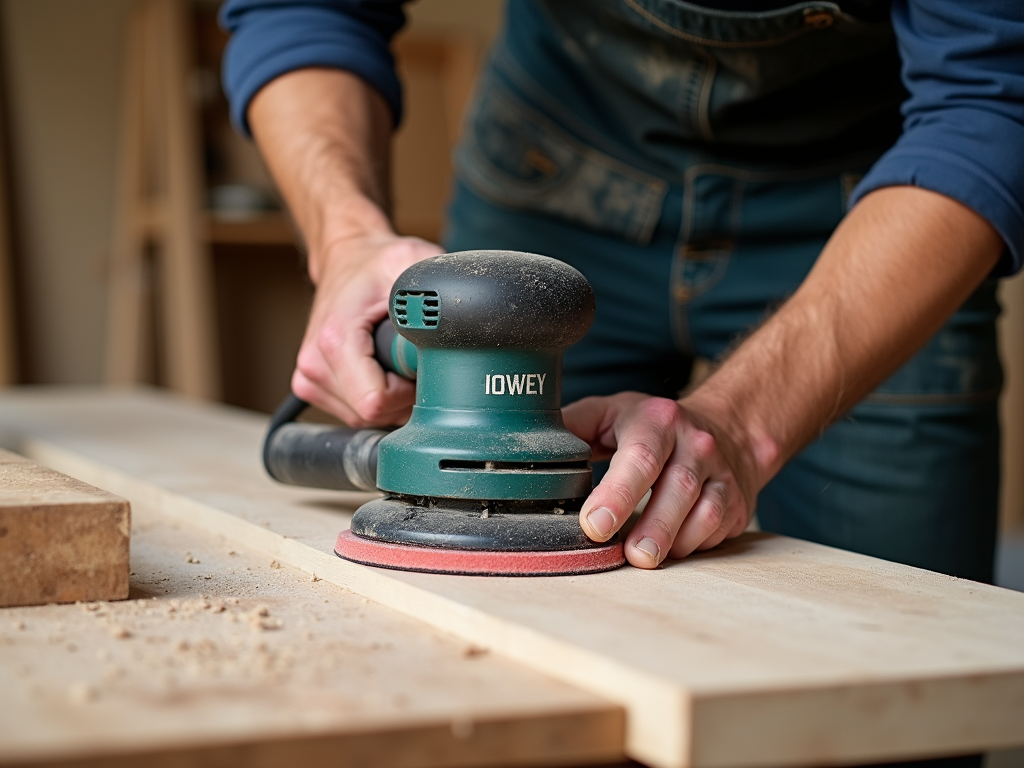
Power Tools Maintenance Tips
Keeping your tools in top shape is part of safety. Check for loose parts or frayed cords before each use. Clean off dust and debris after you’re done. I wipe down my power drills with a cloth every time—it’s quick and keeps them running smoothly.
Store tools in a dry spot. Rust can ruin them, and dampness might damage electric parts. For more detailed care, check out The Ultimate Guide to Cordless Drill Care. It’s saved my tools more than once.

Dealing with Kickback
Kickback happens when a tool jerks back unexpectedly—like a saw hitting a knot in wood. It’s scary and dangerous. To prevent it, keep a firm grip and don’t push too hard. If it happens, let go of the trigger and hold steady until it stops.
I’ve felt kickback with a grinder once. My heart raced, but I stayed calm and avoided injury. Experience teaches you to respect the tool’s power.
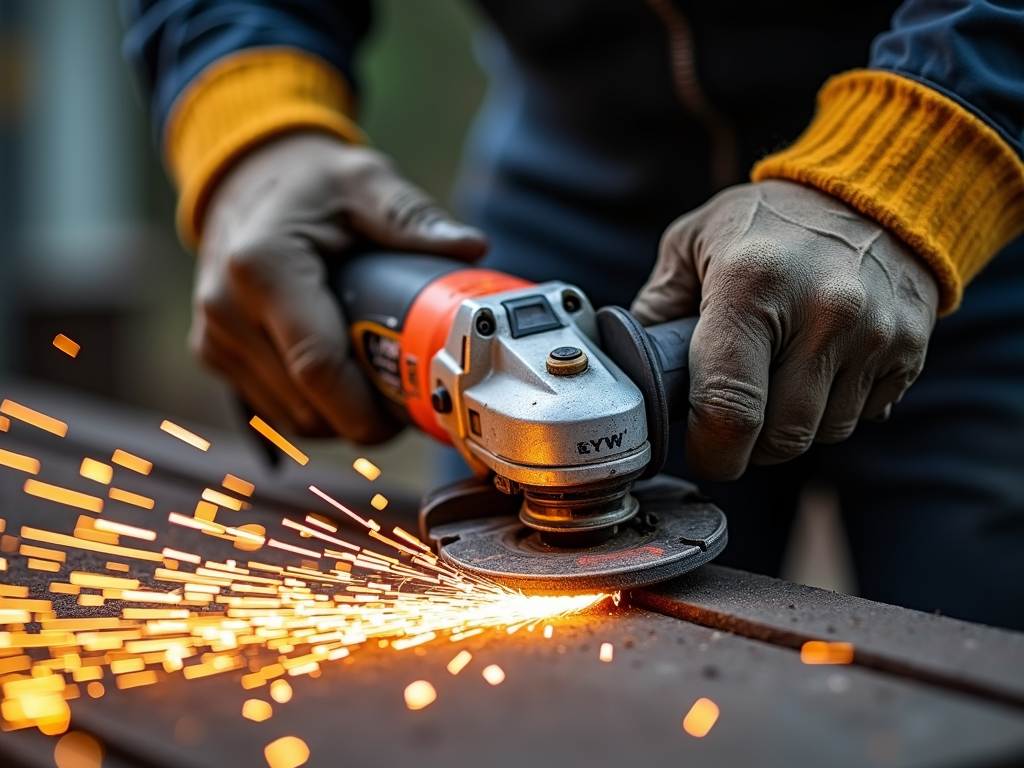
Safety for Cordless Tools
Cordless power tools, like those in The Ultimate Guide to Cordless Drill Care, need special attention. Charge batteries fully but don’t overdo it—overheating can weaken them. Remove the battery when storing to avoid accidental starts. I’ve got a cordless drill I love, and these habits keep it reliable.
Also, watch the battery level. A dying battery can make the tool act unpredictably. Swap it out before it’s too late.
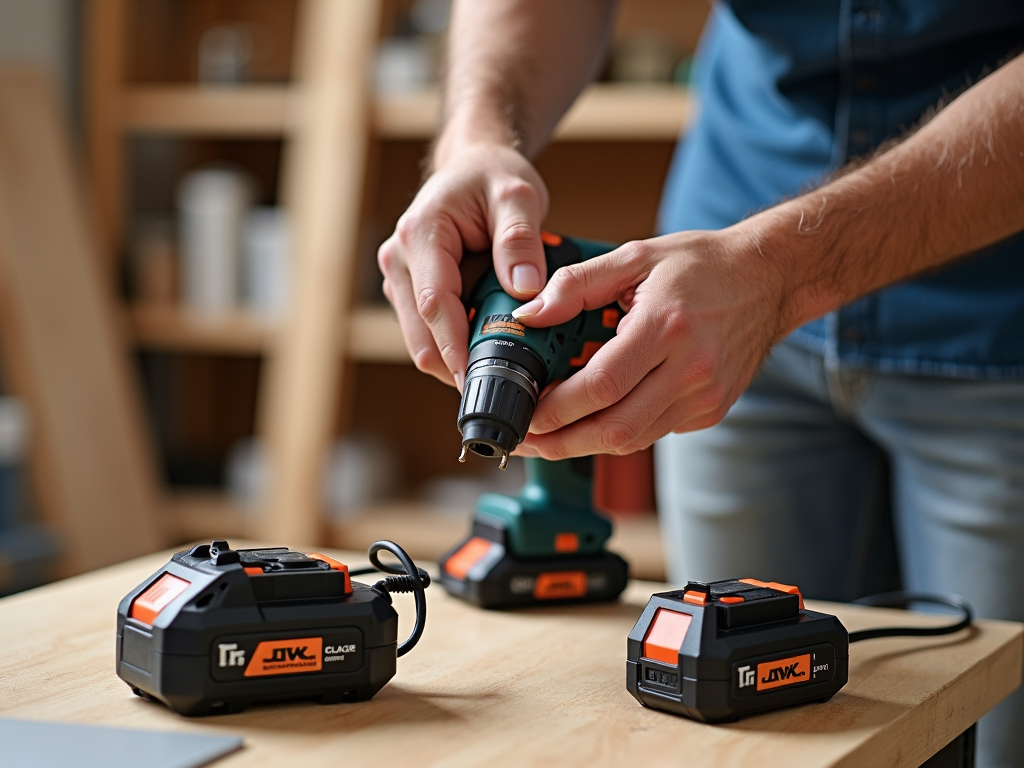
Teaching Others Safety
If you work with others, share these tips. I showed my brother how to use a power drill safely, and he’s avoided trouble so far. Lead by example—wear gear, follow rules, and they’ll pick it up.
Kids are curious too. Keep tools locked away when not in use. Safety starts with responsibility.
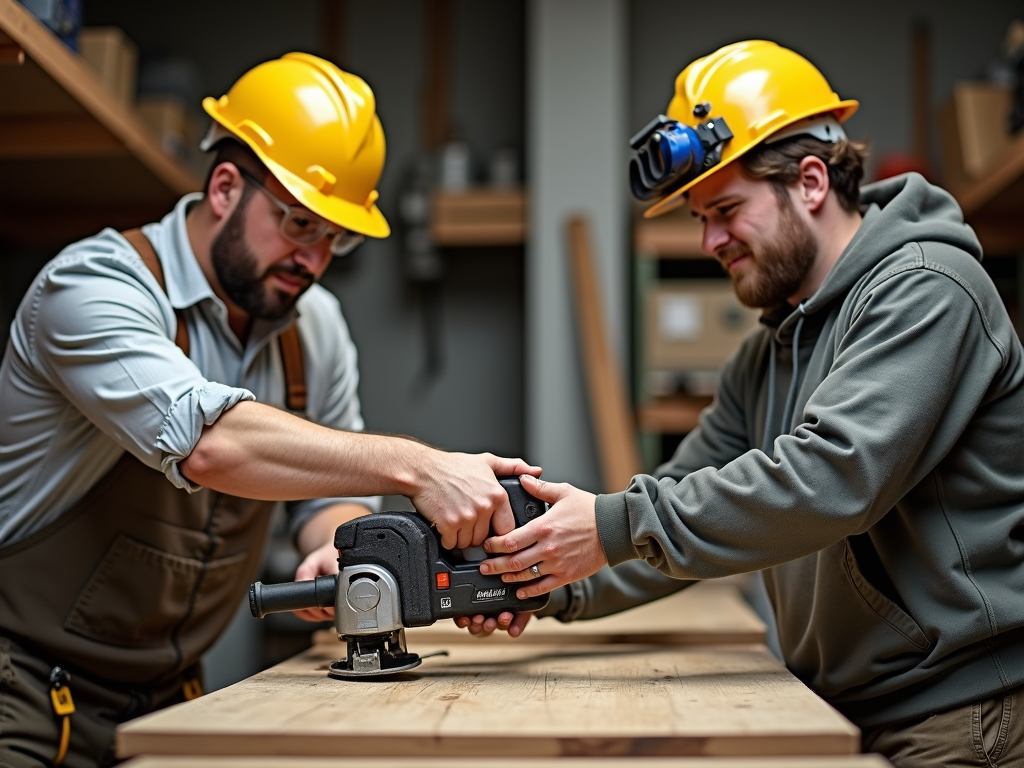
Summary
Power tools are amazing, but safety comes first. Wear gear, use tools right, and maintain them well. These Safety Tips for Using Power Tools can prevent accidents and make your projects fun and safe. Stay smart, and you’ll master power drills and more with ease.
Want to dig deeper? Check out the recommended readings below for more expert advice.
Related Safety Tips for Using Power Tools:
- Best Safety Gear for Power Tool Users: A Comprehensive Guide
- Advanced Techniques for Power Tool Safety: A Comprehensive Guide
- Tablesaws with Advanced Safety Mechanisms: A Comprehensive Guide
- How to Choose the Right Wrench for Your Project
- How to Organize Your Workshop for Maximum Efficiency
- Tool Organization Tips for Painters: Boost Your Efficiency and Creativity
- Essential Tools for Every Workman's Toolbox: A Comprehensive Guide
- Best Power Tools for DIY Beginners
- Mastering Workshop Tool Maintenance: A Pro's Guide to Long-Lasting Gear
- Sustainable Practices in Modern Workshops
- Power Tools Safety Guidelines: A Comprehensive Guide
- Mastering Advanced Techniques for Professional Woodworkers
